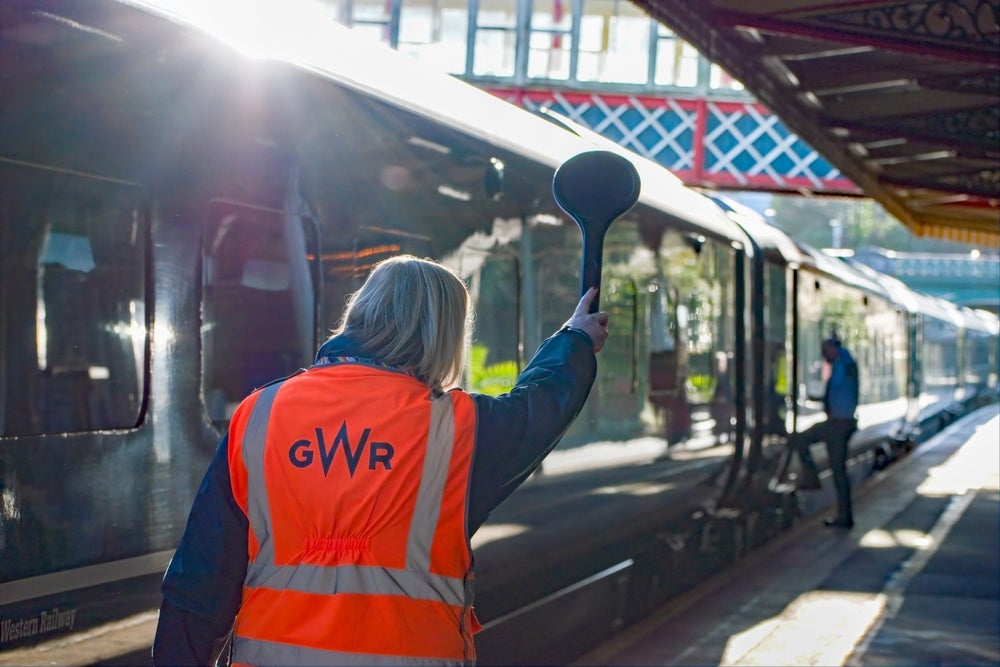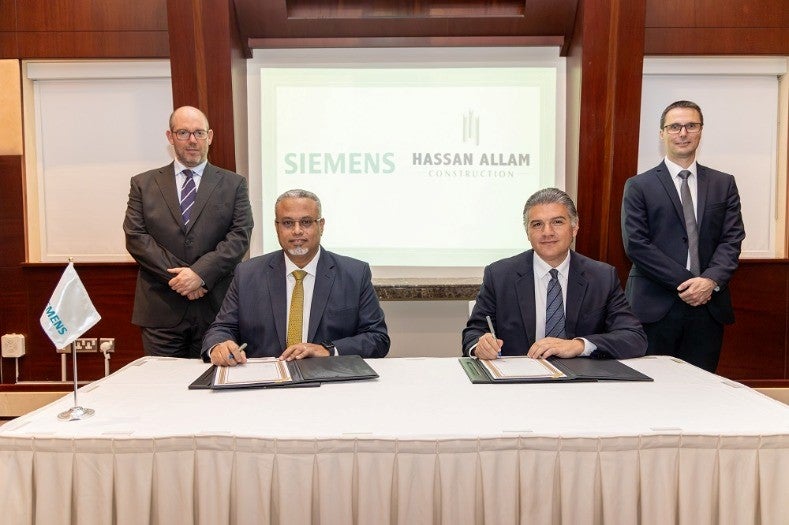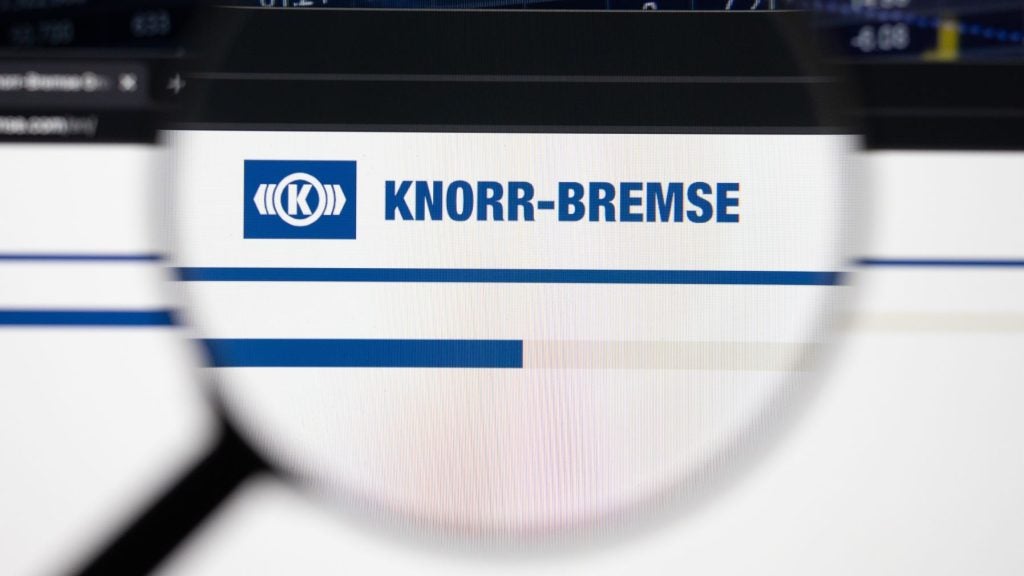
Over the past few years, new manufacturing methods and materials such a 3D printing and carbon fibres have hugely grown in popularity and found their way into nearly every industry, with strong demand from the aircraft, aerospace, automotive and sustainable energy sectors, to name a few. Now, these new techniques could change the way railway vehicles are built, thanks to ongoing studies at the University of Huddersfield’s Institute of Railway Research (IRR).
IRR’s Professor Simon Iwnicki and his team are investigating the use of lighter and more durable train parts under Run2Rail, a €2.7m collaborative project bringing together 15 partners around Europe, including five universities and several large and small companies in the railway industry.
The project itself is running as part of a wider scheme called Shift2Rail, a partnership between the railway industry and the European Commission (EC). Almost €1bn in funding was made available by the EC towards this initiative, which comes in response to some of the most pressing challenges faced by the European Union, such as rising traffic demand, congestion, security of energy supply and climate change.
Shift2Rail seeks focused research and innovation in order to close that gap, and a key part of its mission is encouraging a move from road to rail transport, as it is generally more efficient, safer and cleaner.
The research underway by the IRR and their partners represents just one part of this, but it is crucial – if successful, the Run2Rail team could prove that 3D printing methods and composite materials can be used to design trains that are more reliable, lighter, less damaging to the track, more comfortable and less noisy, all while reducing material waste in the process.
Eva Grey speaks to Professor Simon Iwnicki about the progress of this project.
How well do you really know your competitors?
Access the most comprehensive Company Profiles on the market, powered by GlobalData. Save hours of research. Gain competitive edge.

Thank you!
Your download email will arrive shortly
Not ready to buy yet? Download a free sample
We are confident about the unique quality of our Company Profiles. However, we want you to make the most beneficial decision for your business, so we offer a free sample that you can download by submitting the below form
By GlobalDataEva Grey (EG): Could you talk me through the details of the Run2Rail project?
Simon Iwnicki (SI): Run2Rail is about the next generation of railway vehicles, which will be more reliable, more comfortable, more sustainable and will use modern technology in a number of different areas.
It is fairly low TRL [technology readiness level], which means it covers some fairly innovative ideas which will then be taken forward by the rail industry and developed into products for the next generation of railway vehicles.
It is split into four main technical packages.
One is around condition monitoring, so using sensors to detect when things are changing or going wrong and to carry out maintenance appropriately. Another one is active suspension, so instead of passive components such as springs, using active elements which can improve the performance of the vehicle.
The third one is on using novel, modern materials and manufacturing methods to improve the way railway vehicles are built.
And the final aspect is noise; modern techniques for reducing noise from railway vehicles. This is becoming more of a problem. As we want to carry more and more people and freight and go faster, as well as running more trains at night, we need to pay more attention to that noise rail vehicles are generating.
EG: Which work package is the IRR currently focusing on?
SI: We are leading the work package on materials. In essence, what we are looking at is where we can use modern materials within the railway vehicle and modern manufacturing methods to improve its performance.
We’re in the fairly early stages of the project still; it’s been running for about four months now, so the plan currently is that we are identifying two case studies, on two different types of vehicle.
One is relatively low speed train, perhaps a metro vehicle, and for this we are looking at having novel suspension arrangements: so instead of having bogies, we might have just two actively controlled axles and no bogies, which would remove quite a lot of mass from the vehicle. The other case study is for a more conventional, higher speed vehicle with bogies.
Our plan is to look at those two case studies and identify where in the vehicle structure and the running gear we can use novel materials.
EG: How can carbon fibres and 3D printing be incorporated in train manufacturing?
SI: Firstly, we are looking at a technique where we would use robots to lay up the carbon fiber.
Our partners at Milan have been using robots to place individual carbon fibers to make the components and they will be embedded in the matrix that links them all together. By doing it that way, the robot can place the fibres wherever you want them to. So you can have the strength just where you need it so you don’t need to waste material by adding weight where you don’t need it. We’re looking at mainly making sub-frames or bogie section using that technique, and that would be done at the Politecnico di Milano in Italy.
The second technique which we’re looking at is additive manufacturing, possibly using steel. This will probably be done for smaller components, maybe around the axle boxes and other components within the running gear. Again in that way, we can make the materials in complex shapes so it has the strength where we need it.
Both of those techniques should mean they can have structures that are lighter than conventional steel components.
EG: What do you anticipate to be the biggest challenges going forward with the research?
SI: I think we can achieve the technical challenges – those are actually not the major challenges for this project.
In fact, the biggest barriers are around standards and vehicle acceptance. In other words, the railway industry is very used to working with steel, aluminium and a few other materials, but it’s not used to working with these novel materials and novel manufacturing methods.
The railway industry has a very conservative culture, it’s very risk-adverse and I suppose you could argue that has worked very well for it because railways are extremely safe. So people working in the railways are very reluctant to change things quickly as a result of that.
I think that culture is changing, but that’s part of where our project will help – by identifying the benefits but also the potential problems with the different materials. These projects are very collaborative, with different partners around Europe, and I think Shift2Rail is doing good work in bringing that together.







